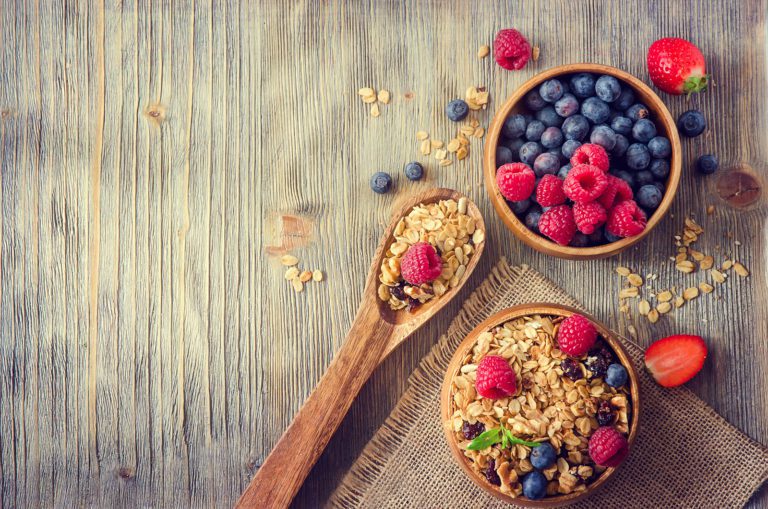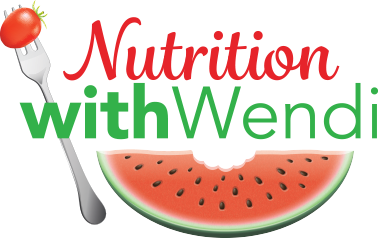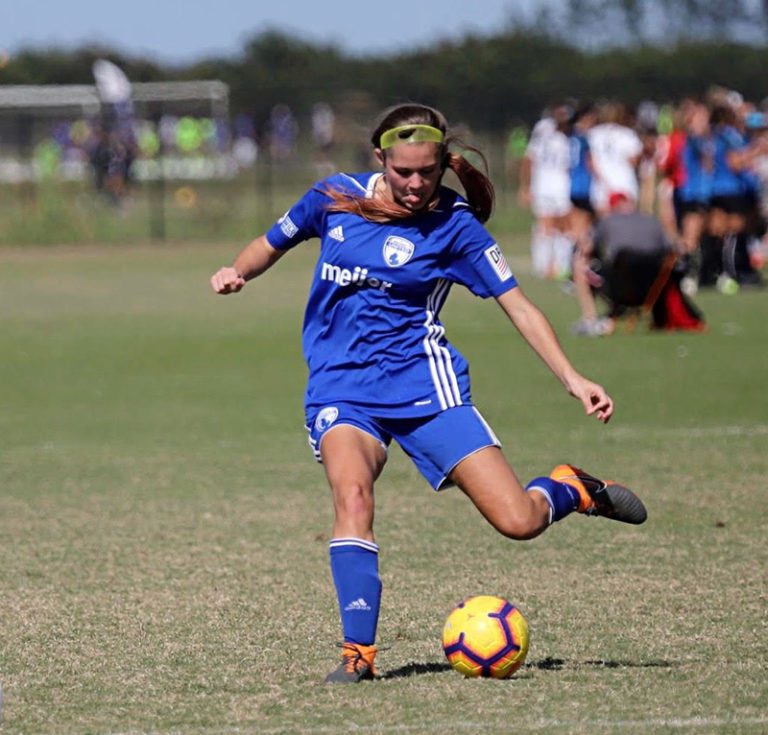
Carbohydrate and Protein Needs for Young Athletes Desiring to Make the Jump from Good to Great!
There’s No “One-Size-Fits-All” Nutrition Approach An athlete’s energy and nutrient needs depend individually on his or her age, body composition, goals, and training volume, and depends globally on the demands and intensity of the sport. Put simply, the greater the…

